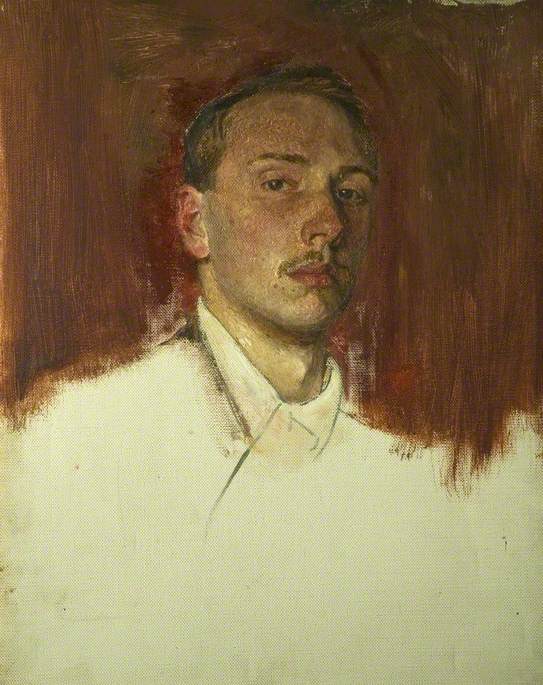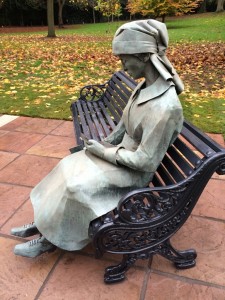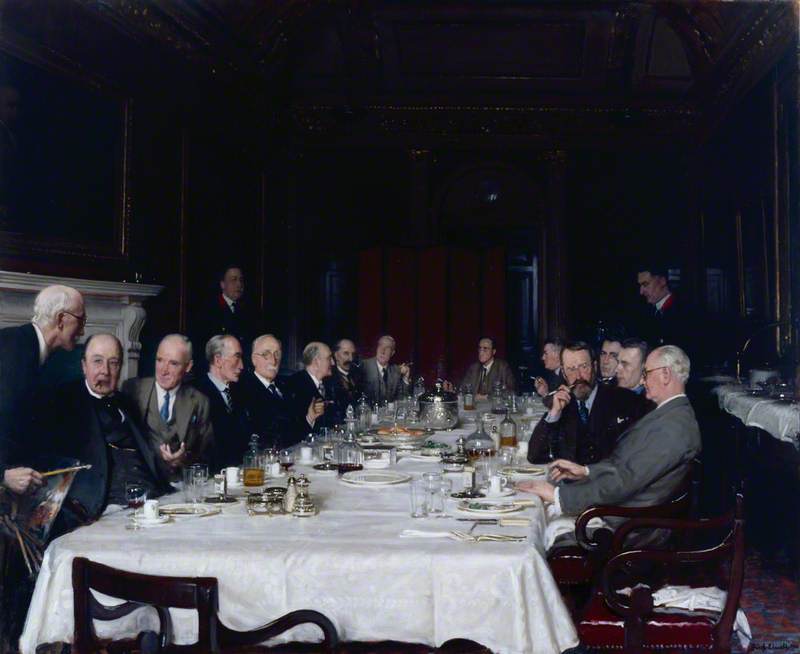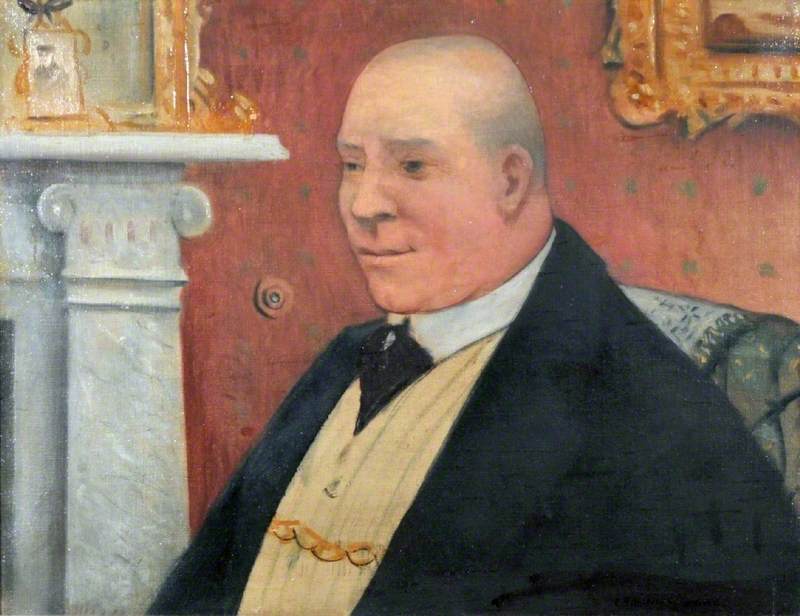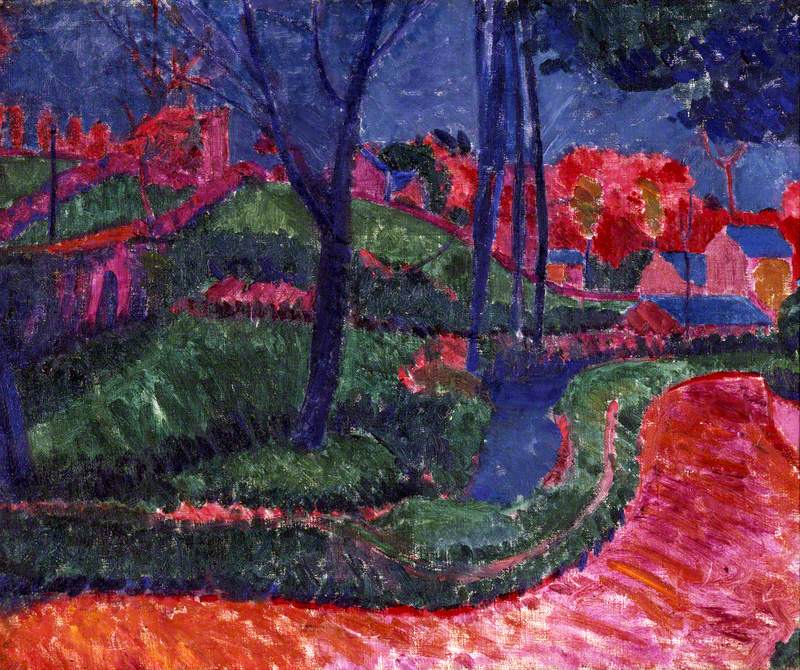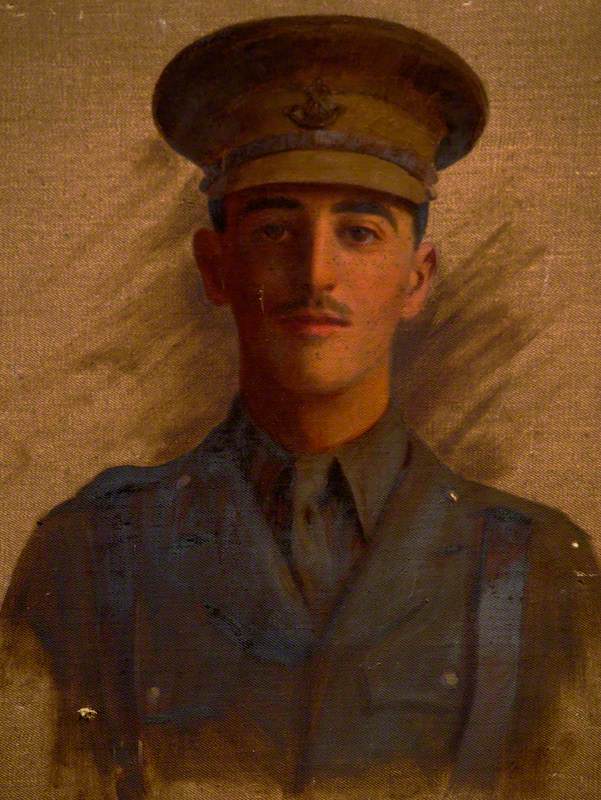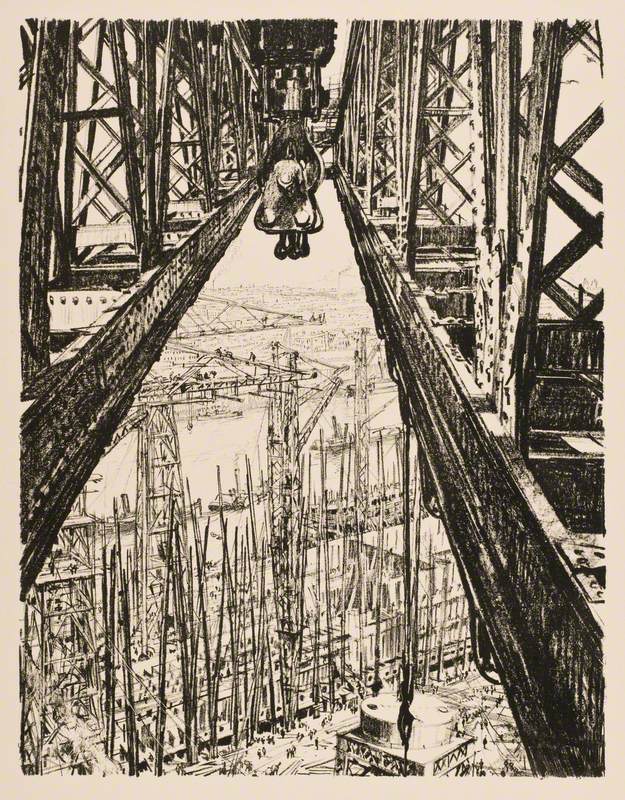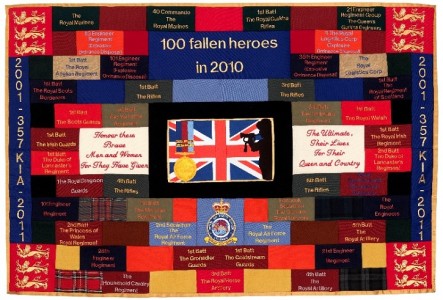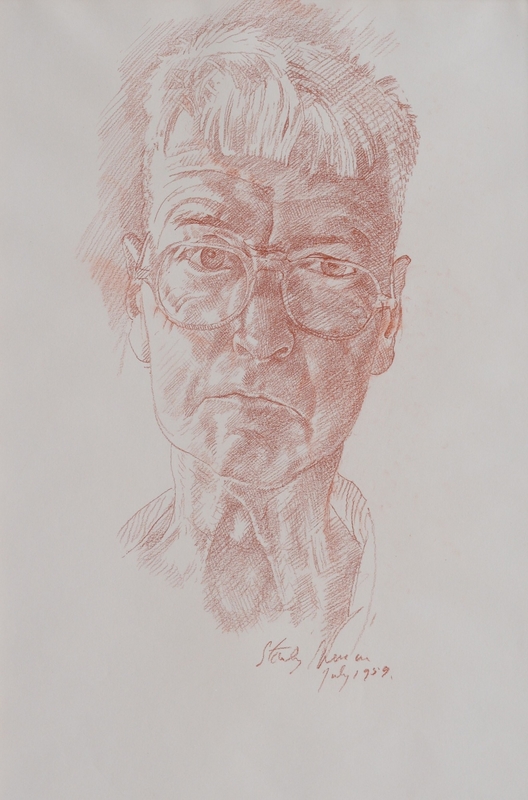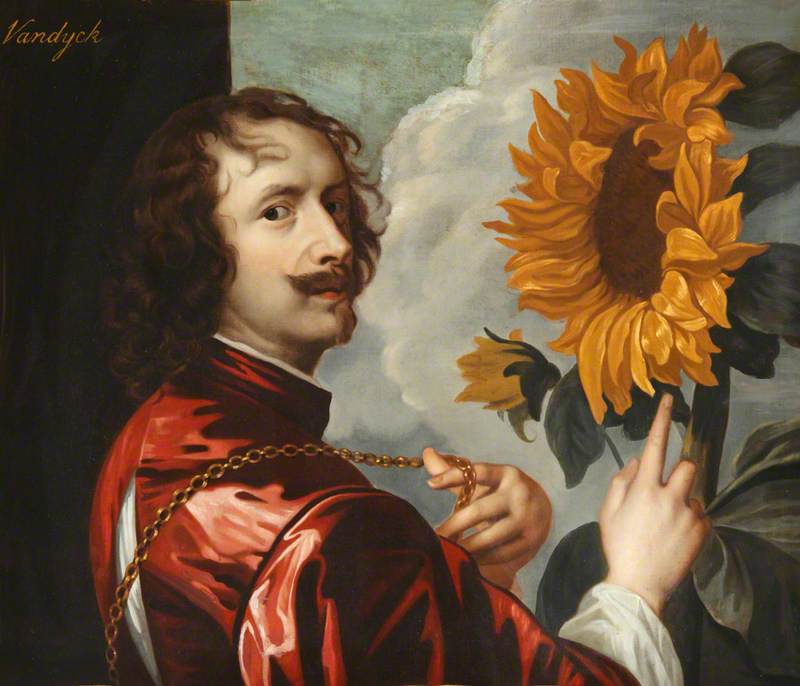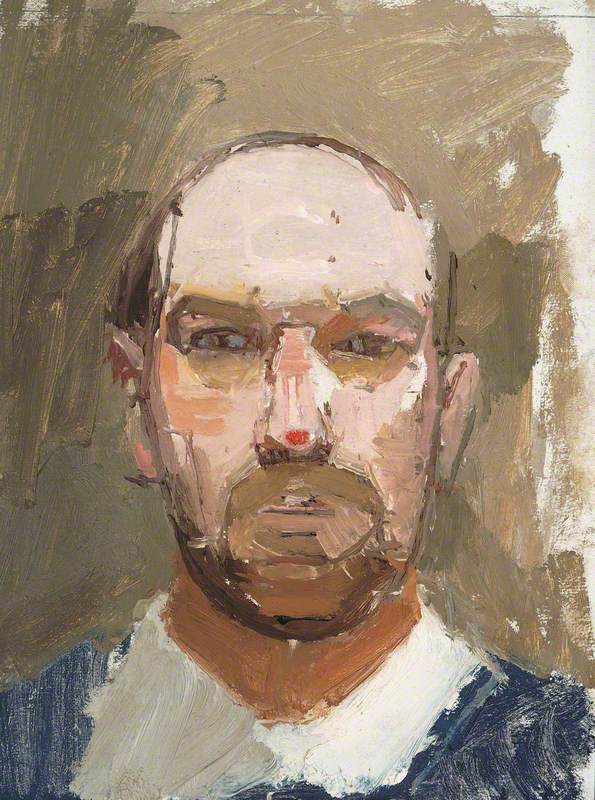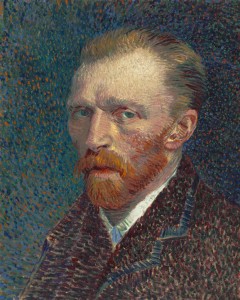Patricia Baxendale wrote to Art Detective with information she had gathered on a local artist, whose self portrait can be found on Art UK. The artist’s name was Julian Gould, a young man killed in action during the First World War, and his letters home while serving provide a fascinating insight into the man behind the portrait.
Even his father was surprised when Julian Gould enlisted in 1915. Gould had gone to art school, spent time in a Paris studio and at the time when war broke out, was engaged as a print designer. His friends and family knew him as a kind and considerate dreamer who studied French and loved poetry. His political sympathies were not overtly aligned to King and country. Influenced by his father’s socialist and labour movement involvements, this idealistic young man was involved with various radical political groups for which he designed artwork.
In early May 1915, a German U-boat sank the British passenger liner the ‘Lusitania’. The civilian casualties, including babies and children, shocked the British public. Gould’s father remembers the day he passed the newspaper headlines, ‘When I reached home I found my son Julian sitting thoughtful in a room, where in view of garden and trees, he often designed and painted. He had that day volunteered for the Army.’
During the first few months with the 16th Middlesex Regiment, Gould sent home letters describing grim trench life, poetic observations and drawings of the French countryside through which they passed. None of the drawings were titled, as they were not allowed to identify their location. But Gould did leave a clue in at least one letter: he felt comforted knowing that he was near one of the most beautiful cathedrals in the world. Surprisingly this passed the military censor, possibly a junior officer in his battalion, who had to read all the men’s letters. His family thought it might have been Amiens.
Even if Gould was motivated by a noble cause – the defence of freedom – like so many he was not prepared for the horrors of mechanised warfare. After the catastrophic losses at the Battle of the Somme, Gould’s letters took on a brooding quality. The stupidity and inhumaneness of war revolted him. Gould had lost a dear friend, Henry, at the Somme. Often he mentions a weariness of spirit. Headaches and fever ail him, but he was never ill enough to be excused from duty.
Despite these shadows, in his letters Gould still retained his affinity for the poetic. He notes a train-gang of German prisoners in ‘their grey uniforms quite beautiful in colour’. On another occasion in a low doorway he registers four nuns: ‘in robes of blue, black and dazzling white. Down their fronts glistened rosaries of jet, ivory and gold. Sunken deep in their faces, their eyes contemplated the moving column of khaki – hot, loaded with equipment and rifles, it almost brushed their clothes in passing; a pageant of modern warfare glancing at a tableau of medieval religion’.
During this period of creative observation, reflected in his letter writing and field sketches, Gould envisaged a painting. It would include, ‘a great indistinct form of a man, with a golden glow around his head; in the background would be the world of energy – quarries, cathedrals, engines, boats, books, woven patterns. The man’s hands would be stretched out, knotted and veined, full of the effort of work. The man’s, name is LABOUR; he is reaching forward to the splendid sunshine of REWARD, IDEAL and FUTURE.’ Gould’s unaccomplished vision channels his youthful political sentiments and in description preludes the tropes of worker heroism in socialist realist art, which was yet to be born.
In 1917 Russia was in the throes of revolution, news of which reached Gould and his peers in the trenches. He writes of vibrant conversations about philosophy and economics. In May 1917, Gould was scheduled along with groups of his colleagues to return home for leave. An errand to the town of Arras meant that he missed his train. At the end of the month his father and mother received a letter from the army chaplain, ’I am writing personally to tell you that your son was killed in action on May 31st.’
Sometime later, Gould’s family discovered that at the time of his death he was serving as a Company Machine-Gunner. The dreamer with a painter’s eye had also marked enemy targets. Such is the canvas of war.
With thanks to Patricia Baxendale for the material about Julian Gould’s life.
Annwen Bates, Poet and Art UK Development and Communications Officer
